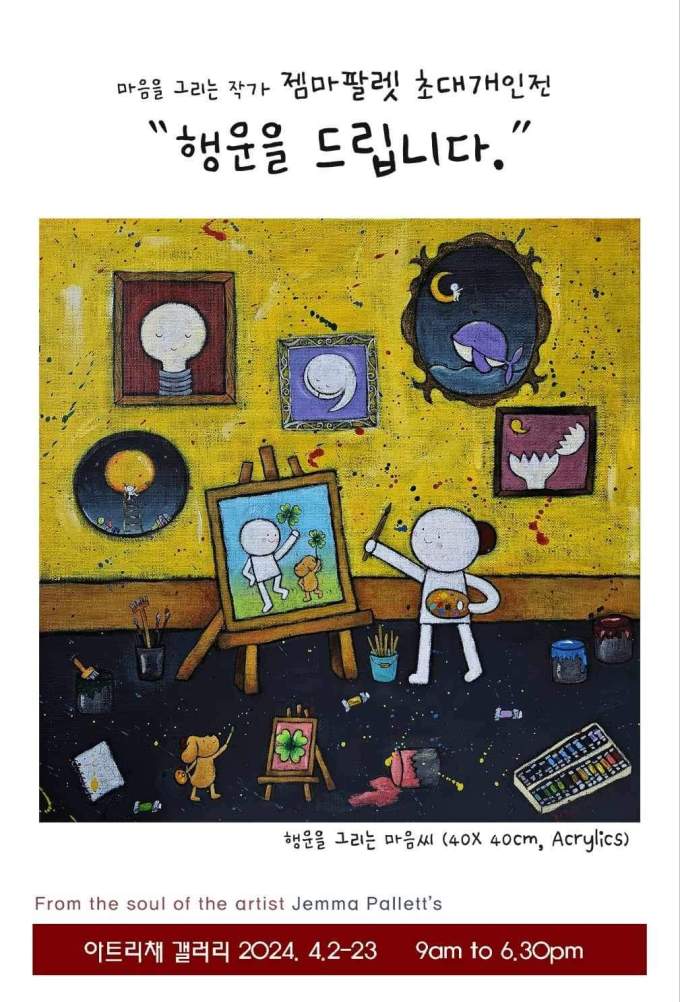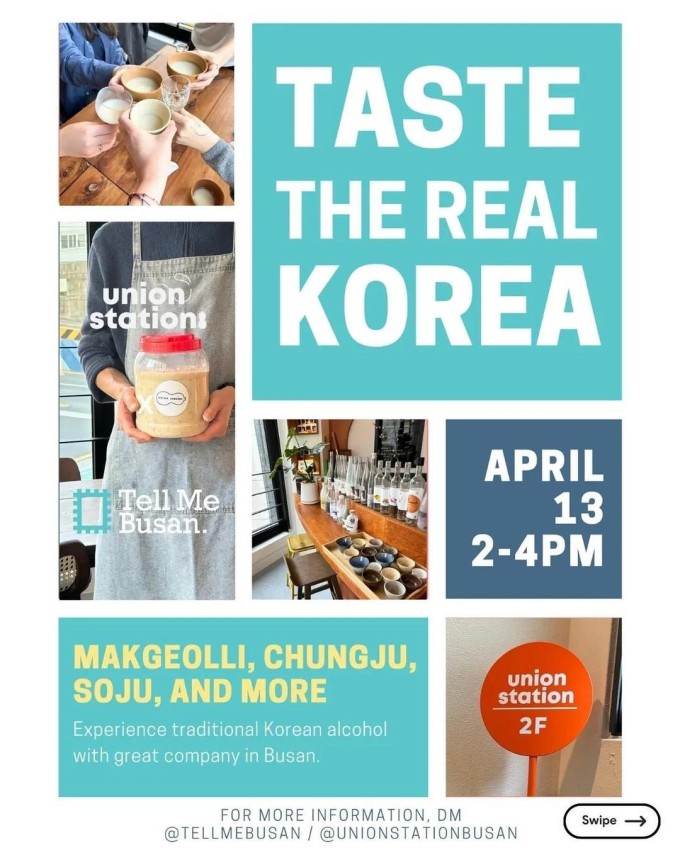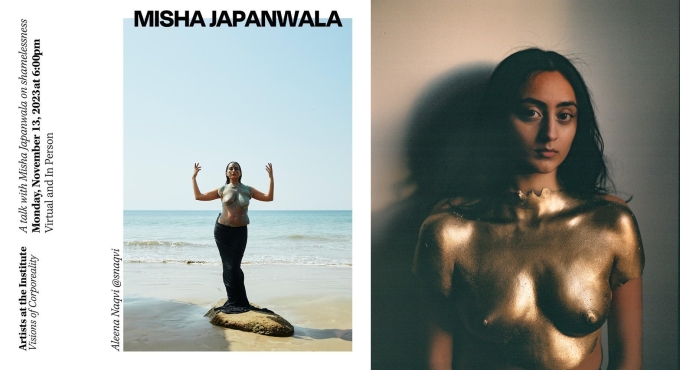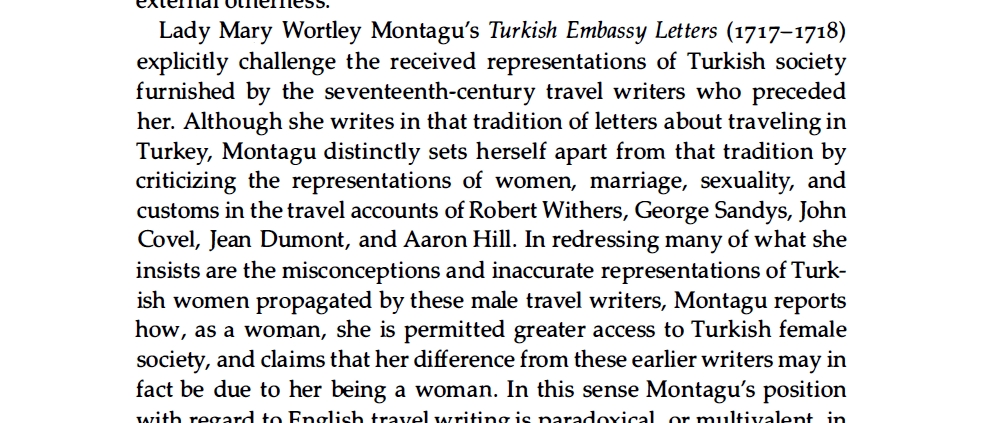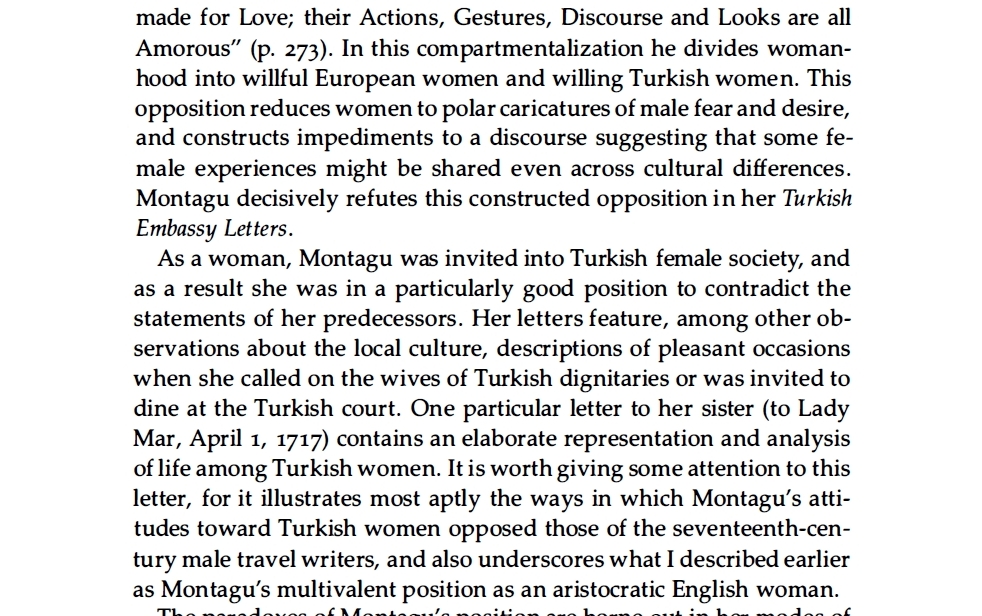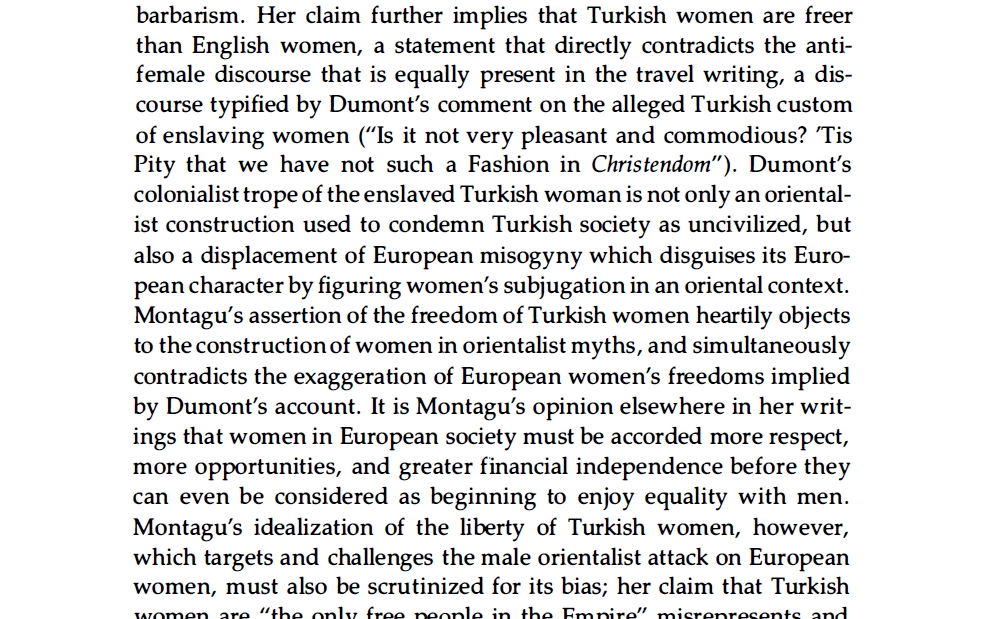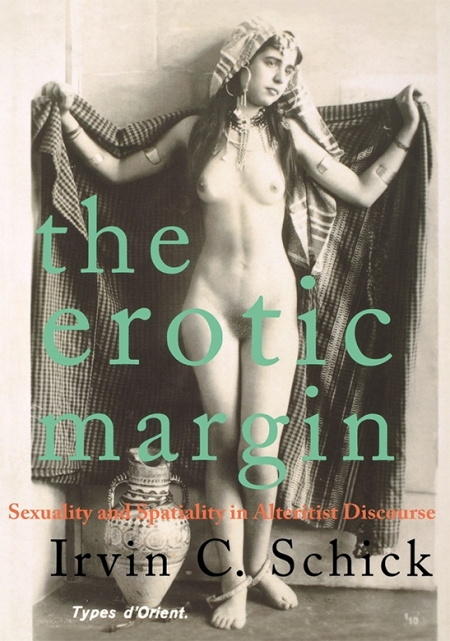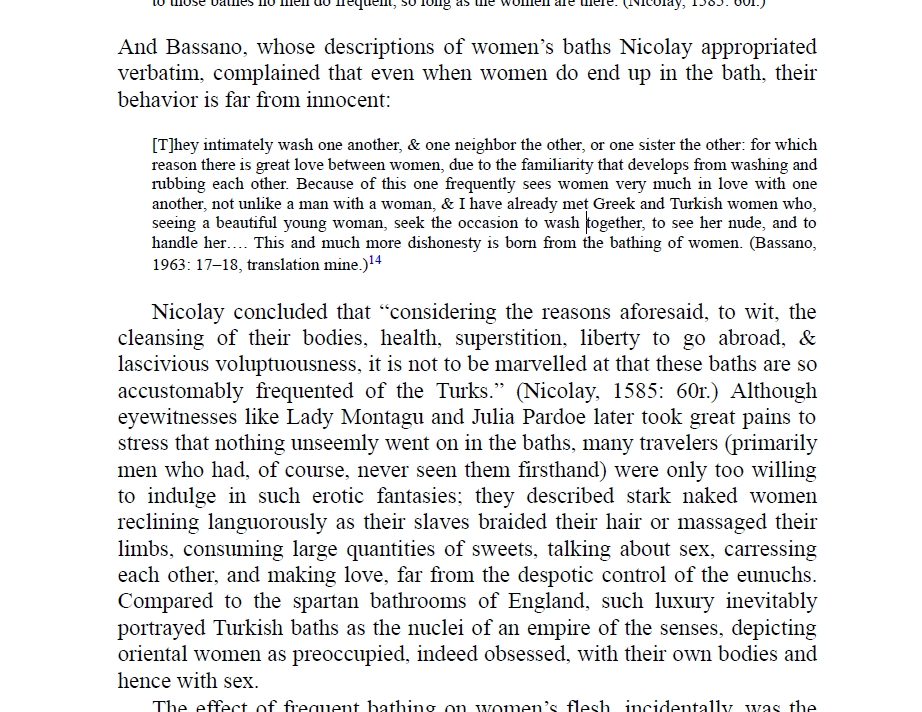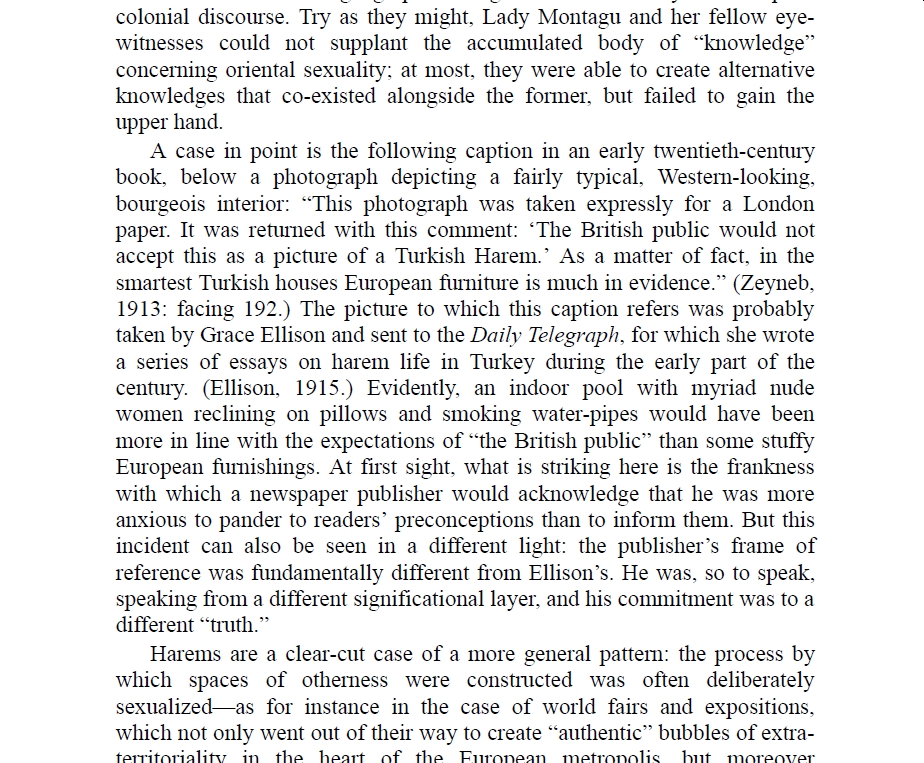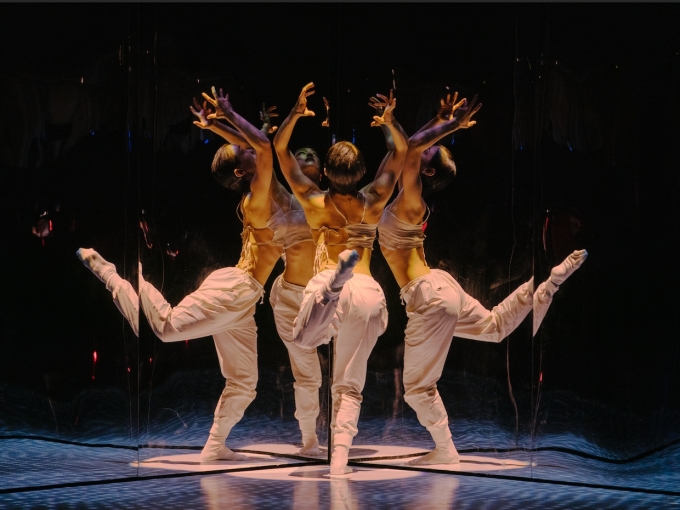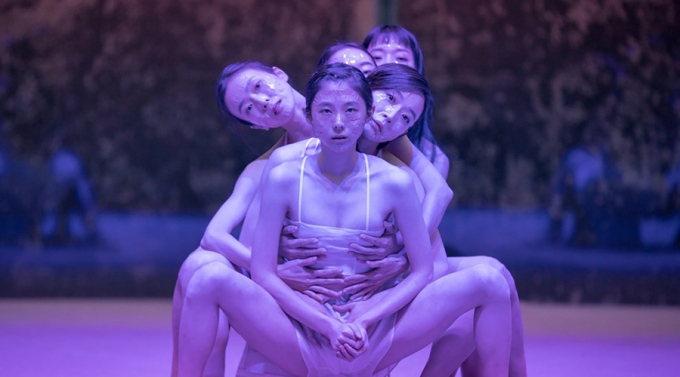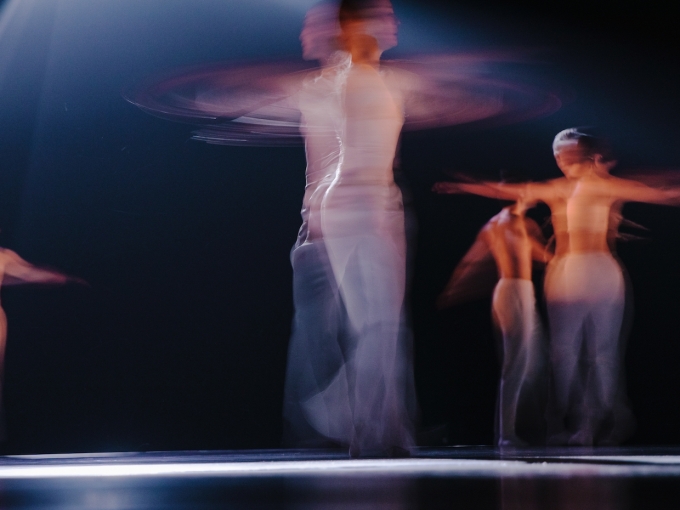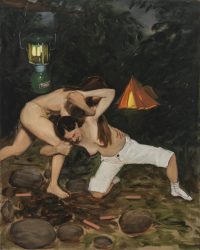Busan is GOOD! 부산이라 좋다!
 Estimated reading time: 4 minutes. Source: iamcacophony.
Estimated reading time: 4 minutes. Source: iamcacophony.
Sorry that I’ve been so neglectful and absent these past few weeks.
One excuse is just being very busy settling into the new semester.
The other is that I seem to be just inundated with interesting events to attend and people to meet these days.
For reasons, this is a very novel experience for me. So, lets just say the abstract concept of declining invitations, because it turns out I do still need to write, pay the bills, and sleep, has been slow to sink in.
Forced to be very selective from now on then, here are five events in Busan this month I’d still absolutely attend if I could. Unfortunately I’ll only manage three though, because two clash, and another is being held somewhere I already go to very often. For that one, I’m going to be a gentleman and leave a spot open for you instead!
First up, just yesterday I discovered Cacophony, the very sensual performer in the opening image (homepage, YouTube, Instagram), who’s having a concert on Friday the 26th at Ovantgarde, in the Kyungsung University–Pukyong National University neighborhood. Still very much in the totally smitten and infatuated phase, I’ve only just begun processing her work frankly, and haven’t seen anything about her in English yet sorry. But, based just on that MV alone, I had no hesitation in dropping 30,000 won on a prepaid ticket!
Next, at the Art Lee Chae Gallery Cafe, located between exits 2 & 4 of my old neighborhood of Namcheon subway station (one stop over from Ovantgarde), local artist Jemma Pallett is currently holding an exhibition of her work until April 23. Open from 9am to 6:30pm every day, Jemma herself will be there to meet and talk about her paintings on Wednesday the 10th and 17th from 11 to 11:30am. (I’ll attend at least one of those sessions.)
Next, this Saturday, April 13 from 2-4pm, Union Station, in collaboration with Tell Me Busan, is having a traditional Korean alcohol tasting event. Union Station, one of my favorite places in Busan, is a recently opened makgeolli bar in Millak-dong, just an easy 5 minute walk from the North/top/far end of Gwangalli beach. Perfect for a quiet, intimate, and easily accessible alternative to the crowded restaurants and and bars on the beach, it’s owned and operated by the incredibly smart and sophisticated Michelle Lee, who has a PhD in Psychology in addition to brewing her own makgeolli. In other words, the perfect host!
Honestly, I don’t even particularly like makgeolli. Despite that, I will happily drink hers, and those she suggests—it’s that good a place (her anju are great too).
Alas, I won’t be attending this particular event sorry. Partially, because I already attend the Busan Chess Club there once a week, and partially because I already drag friends and dates there on top of that. (To the bar I mean—not to the chess club.) But mainly, because of a clash:
Hosted by one of my other favorite places in Busan, Naughty Muse Studios in Songjeong Beach, which is owned and operated by the incredibly smart and sophisticated Anna Bodorenko (yes, I’m beginning to notice a certain theme too), I can not stress just how much amazing art is continually going on there, what a creative community is centered around it, and how many talented people I’ve met through Anna. While I sadly had to give up on attending classes there myself, never being able to find the time to work on my skills in between sessions, I still try to attend as many events there as I can (especially the movie nights):
Finally, great minds thinking alike, Michelle from Union Station and Anna from Naughty Muse Studios are collaborating on a combined watercolor painting and makgeolli-tasting event at the former, at 7pm on Friday April 19. Only just finishing work about then and already spending too much time at Union Station though, this is the event I’ll step aside from for the sake of any interested readers securing a spot. Not at all because I used to win prizes for my sketches as a teenager, only to completely ruin them whenever I tried to combine them with watercolor painting…
If you can make any of these events, then Yay! And please say hi!^^
Related Posts:
- OMG YOU HAVE TO WATCH THIS KOREAN FEMINIST DANCE PERFORMANCE
- On “Women Painting Women” (NSFW)
- Performing in “Public” Spaces in Korea and Japan—Can Anyone Do it? Or Mostly Just Men?
- When You Suddenly See One of Your Favorite Korean Artist’s Paintings Randomly Hanging in a Store, You Just Have to Share the Love
- “Sex, Sass, and Sensibility in South Korea” 뭐야?
- “저의 몸과 저의 섹슈얼리티에 대한 이야기를 해보려고 합니다. 이것은 실로 부끄러운 고백이어서 저는 단 한 번밖에 말하지 못할 것 같습니다. 그러니 가만히 들어주세요.”
If you reside in South Korea, you can donate via wire transfer: Turnbull James Edward (Kookmin Bank/국민은행, 563401-01-214324)

